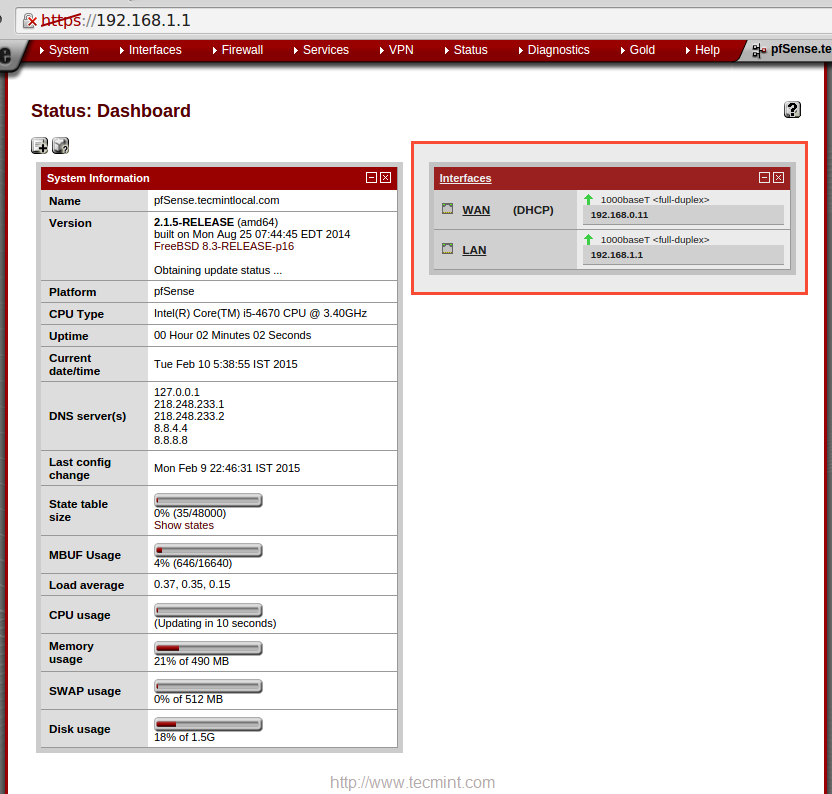

Values: 1 - 65535 default: %any (selection left to the peer) The port of the local OpenVPN client from which the connection to an OpenVPN server is initiated. The network protocol used by the OpenVPN server must likewise be selected here in the mGuard. IP address or host name of the VPN gateway of the peer

The text message must contain the “ openvpn/start” or “ openvpn/stop” command followed by the token. Incoming text messages can be used to start or stop VPN connections. The entry can be in seconds, minutes and seconds or hours, minutes, and seconds. Time in hours, minutes and/or seconds (00:00:00 to 720:00:00, around 1 month). The timeout starts on transition to the “Started” state.Īfter the timeout has elapsed, the connection remains in the “Stopped” state until it is restarted. Time, after which the VPN connection is stopped, if it has been started via a text message, switch, pushbutton or the web interface. If the switching service input is configured as an on/off switch, it can activate one VPN connection while simultaneously deactivating another which uses inverted logic, for example. Inverts the behavior of the connected switch.

In this mode, you need to configure a management IP address and default gateway if you want to use VPN connections (see “Default gateway” on page 150). – mGuard devices provided in stealth network mode are preset to the “multiple clients” stealth configuration. Data is transported using the TCP or UDP protocols.Ī general requirement for a VPN connection is that the IP addresses of the VPN peers are known and can be accessed. The OpenSSL library is used for encryption and authentication. With OpenVPN, an encrypted VPN connection can be established between the mGuard as the OpenVPN client and a peer (OpenVPN server). This menu is not available on the FL MGUARD BLADE controller.


 0 kommentar(er)
0 kommentar(er)
